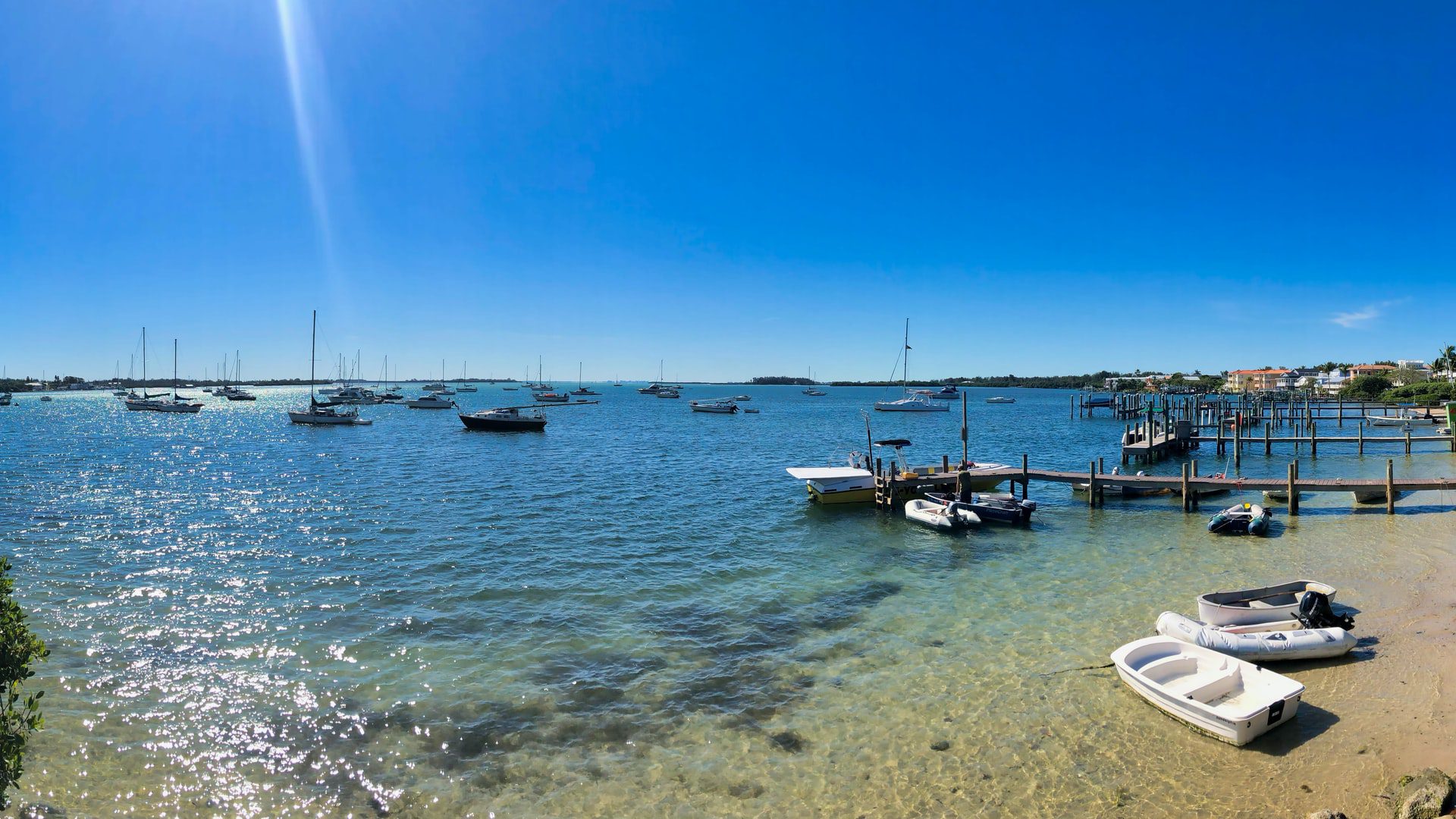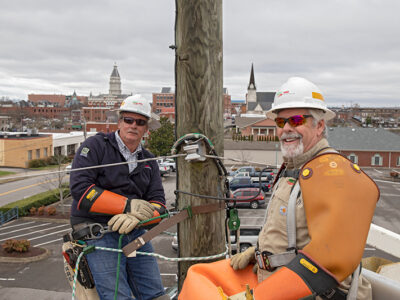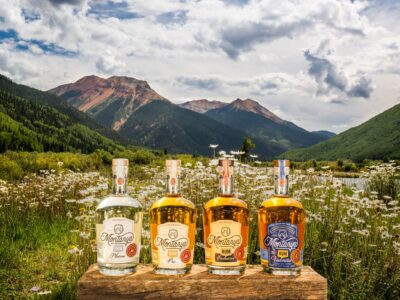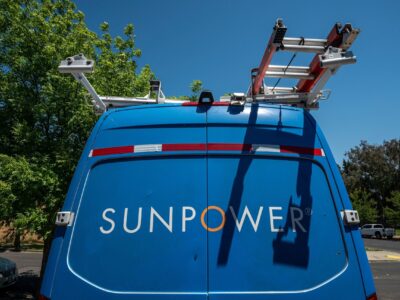When one of his favorite fishing spots faced closure due to boat propeller scarring, Florida resident Jim Anderson saw an opportunity. As a purveyor of lawn grasses, Anderson began researching seagrasses in an effort to restore the damage done to his beloved fishing area.
Not only did he save the fishing hole, but he went on to found Sea & Shoreline, a company on a mission to restore fresh and saltwater habitats throughout the Sunshine state. Sea & Shoreline (S & S) views seagrass as the key to a healthy aquatic habitat: these grasses provide food for fish and animals, sequester harmful nutrients that cause algae, and stabilize the surrounding sediment.
“Seagrass is one of the most productive ecosystems in the world,” said S & S Lead Biologist Ryan Brushwood. “It provides a variety of solutions, such as improving water quality, and providing food, and shelter for marine life.”
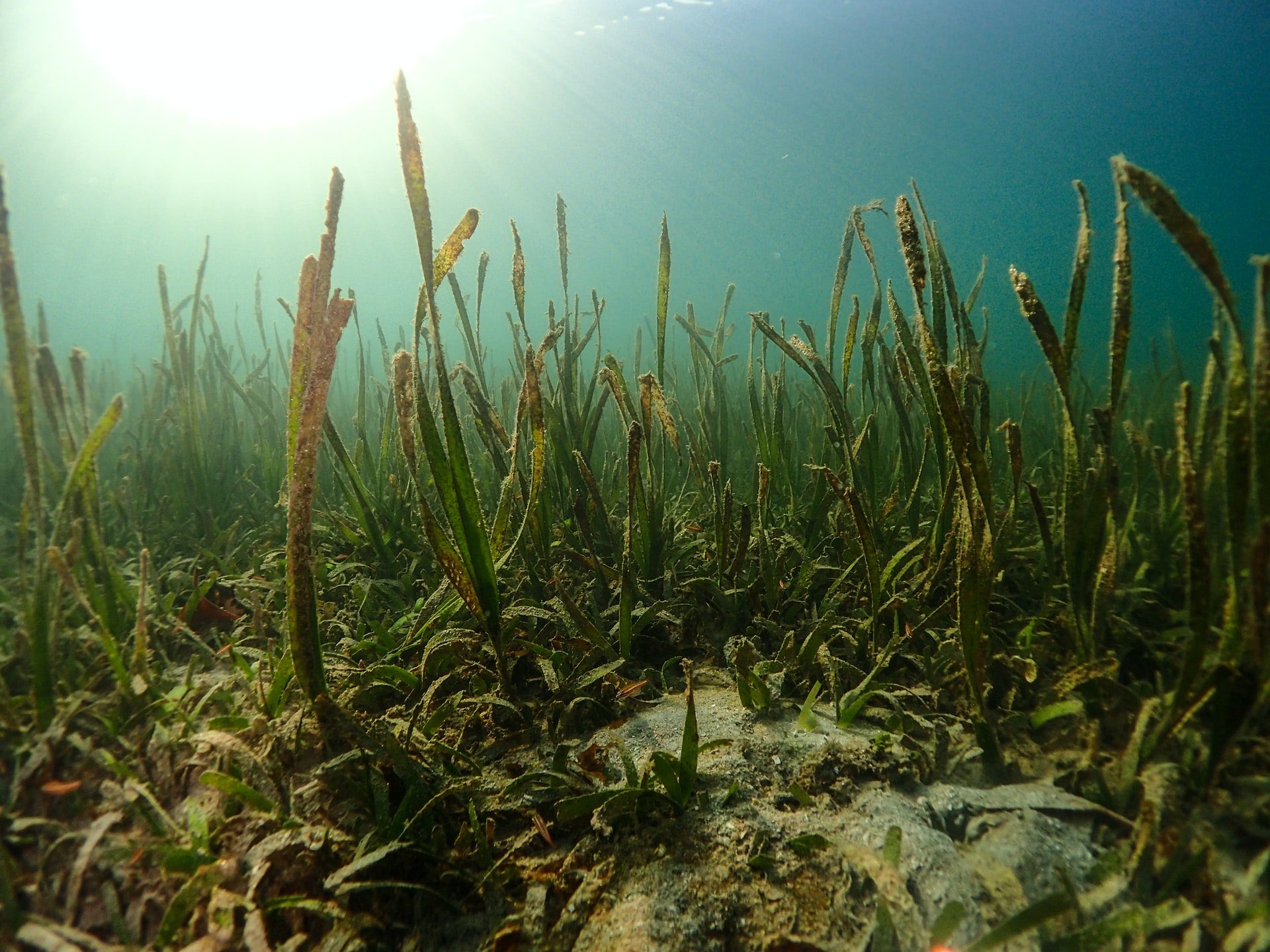
Sea & Shoreline’s first project began in Crystal River. The water quality had significantly declined due to invasive plants and algae. With the help of several local residents, S & S dredged up the harmful plants and replaced them with healthy seagrass. The project’s original scope was just three acres but expanded to include 46 acres and is now the company’s largest restoration project.
S & S has since completed several other conservation projects throughout Florida, many involving partnerships with other environmental and marine groups.
At Fort Pierce State Park on the east coast of Florida, Sea and Shoreline completed a two-acre restoration project along the Indian River Lagoon. Through a collaboration with St. Lucie County, the project was able to use volunteers from the surrounding area to help plant seagrass shoots.
Over in Boca Grande on the west coast, S&S partnered with Gasparilla Island Conservation and Improvement Association (GICIA) to build an aquatic refuge for manatees, dolphins, turtles, and other sea life in the Mercabo Cove. The cove was once a concrete jungle that disrupted the surrounding marine habitat, but GICIA has been working to restore the area since 2016.
Sea and Shoreline is also focused on saving Florida’s oyster population. Naples Bay has lost 80 percent of its oyster reefs since the 1950s due to development and erosion, but over the last 10 years, there’s been a concentrated oyster restoration effort.
“Oyster reefs are among the most threatened habitats in the world and need our protection,” said Sea & Shoreline President Carter Henne. “One adult oyster can filter up to 50 gallons of water a day, making them integral to the health of aquatic environments.”
Through their partnership with the City of Naples, S & S was able to create four new reefs despite some site-specific obstacles including navigating a bridge with low clearance. “Working with Sea & Shoreline to continue our oyster restoration efforts was a great experience,” said Katie Laakkonen, a spokesperson for the City of Naples. “They adapted and innovated to get the work completed quickly and efficiently.”
To date, S & S has completed more aquatic restoration projects than any company in the world, making them a leader in the field. They continue to expand their conservation efforts through campaigns like Seagrass Saves Sea Life, rolled out for Earth Day this year as a response to Florida’s dwindling manatee population. Manatees consume approximately 150 pounds of seagrass per day, but this vital food source is disappearing causing the mammals to starve.
Sea & Shoreline has made a significant positive impact on Florida marine life. For Anderson’s part, he built the company around a simple philosophy: “The environment is very forgiving and if we as humans can recognize our mistakes and are willing to change, the environment will take over from there.”

